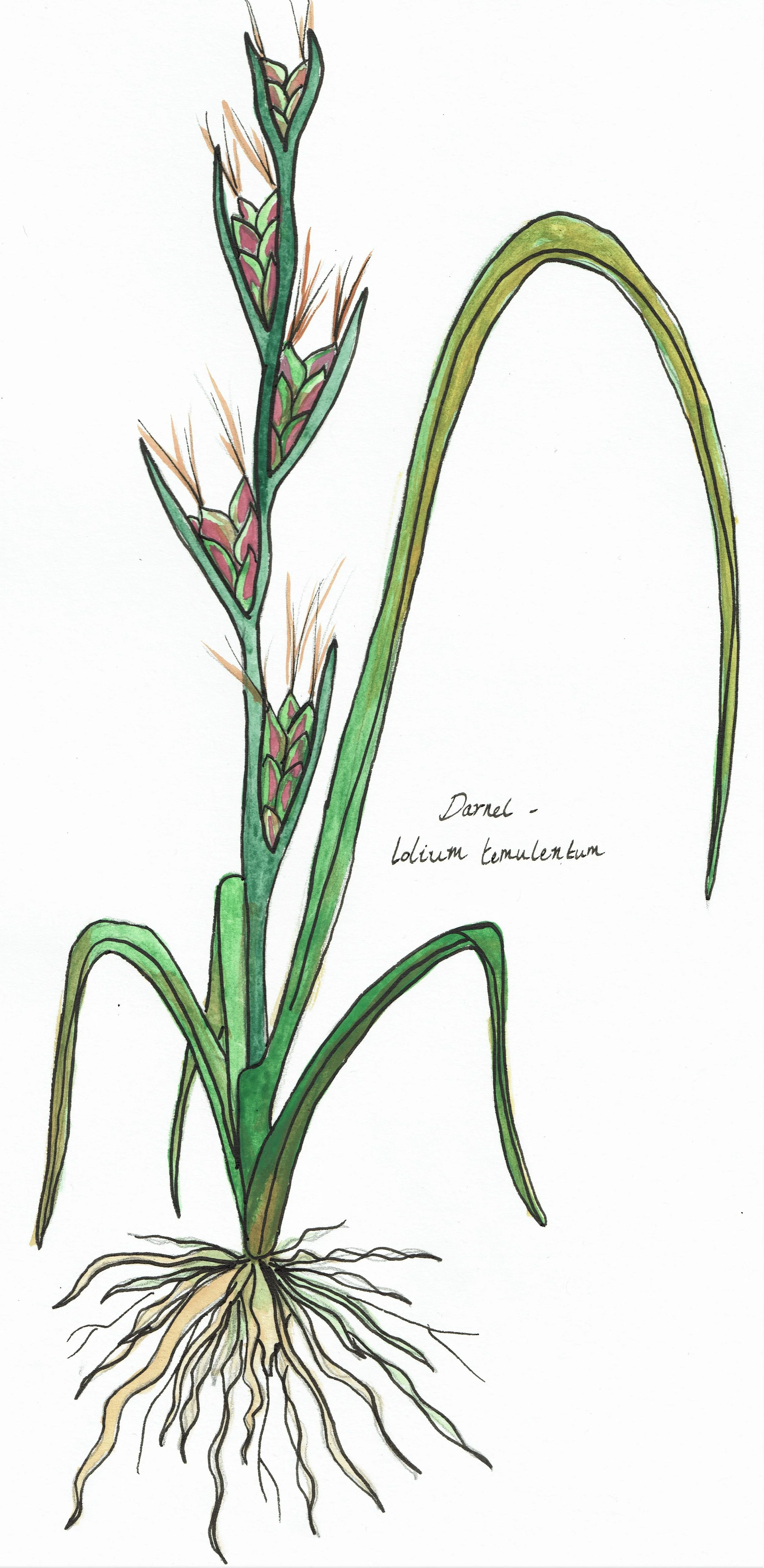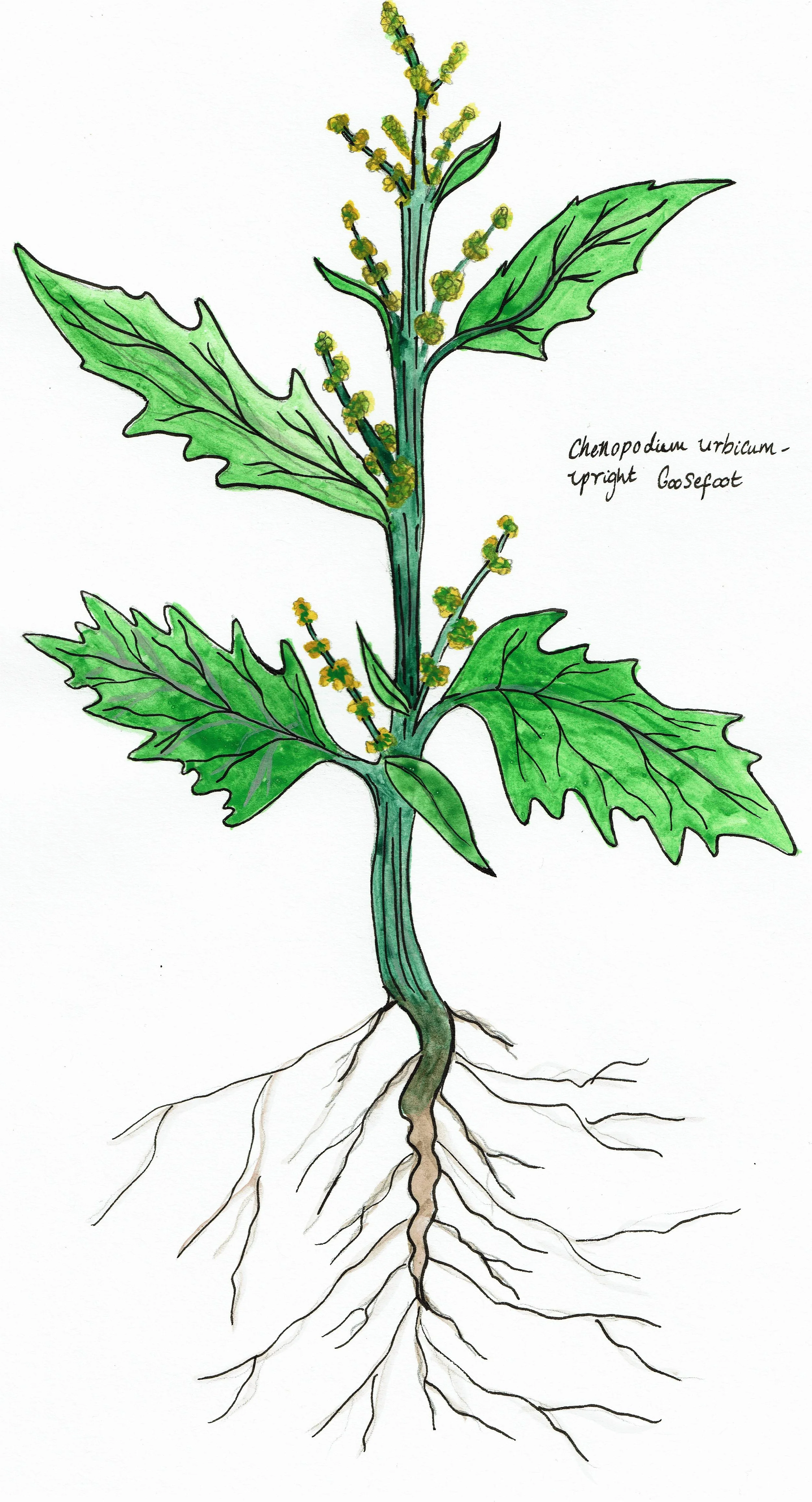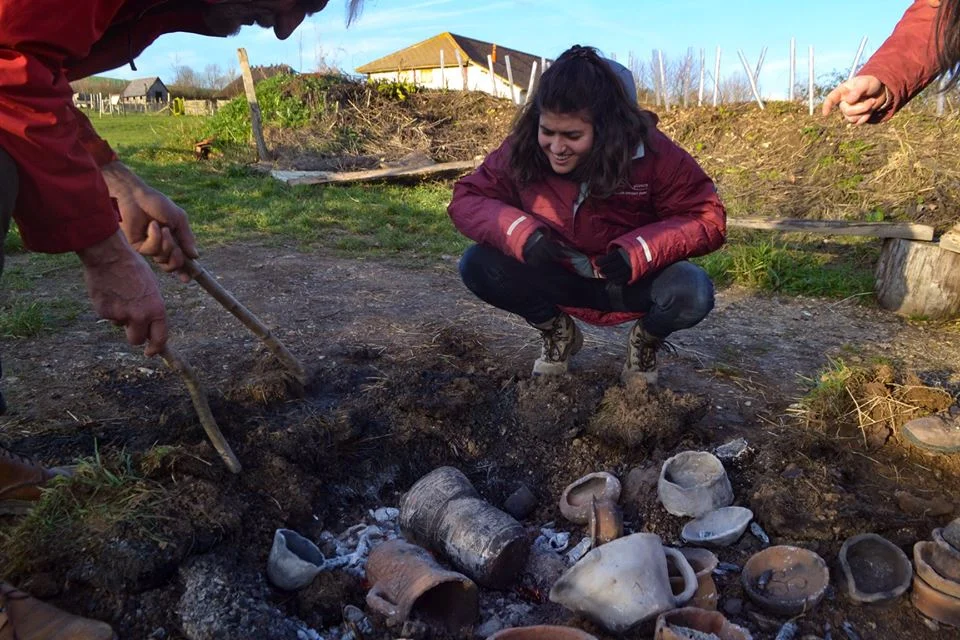
Butser Wildlife Watch April 2019
Recent wildlife sighting on the farm including foxes, ducks on our roundhouse roofs and lizards!
We've been keeping track of the wonderful wildlife we see here at Butser as the seasons change. Here is our April update written by team member Victoria Melluish on what we've witnessed this month!
With the deer tracks, fox prints and owl pellets being little hints and clues to the kind of wildlife that visit the farm when we aren’t there, we decided that it was time to take a look into the secret nightlife of Butser Ancient Farm. We made the decision to purchase a trail camera, a device that photographs and videos during the night and day whenever it senses movement. One of the best decisions we have made as it turns out!
We set the camera up for the first time and captured deer in the distance, something we are accustomed to seeing on an almost daily basis, yet always a delight to see. The second night we fixed the camera to a wooden post in the ground in a different location and decided to up the ante a little so we put down peanut butter to lure over any fluffy guests. The peanut butter worked a treat as in the first night we were visited by badgers, foxes, deer, Heron, ducks and pheasants. Seeing animals behave in the wild is truly a magnificent thing to have the pleasure of watching. Let’s hope we will capture some rabbits, hare and hedgehogs next!
Did you know? The earliest recorded use of the word “badger” was in 1523. Before that, it was called a “brock” or “bauson”. According to many researchers, the ancient Celts would call them “Broc”. The Irish Gaelic for fox is Sionnach and it was believed that foxes were the dogs of the Norsemen who were supposed to have brought them to Ireland.
We were also visited by some curious ducks that decided to take a rest on the thatch of the Little Woodbury, they seemed to be enjoying the view of the farm!
Our Archaeologist Claire has also been busy in the Roman crop field planting flax which has already started to germinate and has also been planting in the Stone Age area Einkorn and Darnell. Einkorn is the earliest type of farmed wheat and is said to have been developed by farmers in the Middle East around 10,000 years ago! Plans for Celtic beans and barley to be planted near the Saxon part of the farm are also underway, watch this space! Claire also discovered a common green lizard amidst the foliage whilst planting, quite an irregular site to see on the farm!
Butser mosaic update - Easter 2019
An update on our mosaic project progress
The Butser Ancient Farm Roman Villa mosaic project has reached a significant milestone – the final tessera of the geometric border has been laid!
Since we resumed work this month the team has made enormous progress, laying almost as much of the floor area in two weeks as we did in two months last year. In part that’s because our mosaicists are now experts in their professions, and partly because a lot of our work over the past week or two has been in the border – with much larger tesserae (tiles) and no tricky pattern to lay.
But the other reason things have speeded up is that we had extra help from many, many of our visitors over the Easter break. People of all ages were down on their hands and knees helping us get the floor finished. The help was much appreciated and it seems like everyone had an absolute ball doing it – a real win-win!
As well as being a really nice, authentic floor covering for our villa, the mosaic was a piece of experimental archaeology. It has provided us with some interesting insights into the process of mosaic making, using quite authentic techniques. In keeping with that authentic experimental approach, we have also included the initials of each one of our mosaicists in the border of the design. Now, we can’t say for certain that any Roman-British mosaicist did this, but there are lots of ‘mistakes’ in mosaics around the country, which look rather obvious, even deliberate. Some people think that these are sort of ‘coded’ messages by the makers to say ‘I did this’. In keeping with this secretive approach, we have hidden the initials in plain sight – with subtle shifts of pattern which are not easy to spot.
Once we have opened the mosaic fully for public view you might enjoy a game of spot the mosaicist!We still have a little more to finish off but it is all very simple to lay from here forward, so we’re hoping to have it all done by the end of May. That means we will have a fully redecorated triclinium, ready to welcome the Emperor, and all of our visitors!
Butser Wildlife Watch March 2019
Recent wildlife sightings at the farm, including deer, toads and of course the arrival of our beautiful Manx Loaghtan lambs.
We've been keeping track of the wonderful wildlife we see here at Butser as the seasons change. Here is the first of our updates written by team member Victoria Melluish on what we've witnessed this spring!
This month we have discovered many wonderful and curious things at Butser Ancient Farm, as spring awakens from her wintery slumber and stretches her branches, the flora and fauna are reborn right before our eyes.
March has been particularly special due to the little patter of hoofs, our Manx Loaghtan lambs are being born one after the other and seem to pop up all over our fields like little puffs of black smoke. Their unique genes means that they are born as dark as coal which gradually transforms as they grow into a coffee brown, then into a cream and white adult with tussled wispy looking wool, chocolate caramel toned head and legs, and of course their magnificent fairy tale horns. Manx Loaghtan are usually born with either two or four little bumps on their heads where their horns will eventually grow, sometimes they can grow up to six!
We have also stumbled across a common toad nestled amongst the logs and bramble next to the Llandygai just a few feet away from a discarded pheasant egg, which are usually a pale khaki green colour. Pheasants wonder the farm in plenty, usually appearing in larger numbers once the site is quieter to peck at the goat food, so it is no surprise that they may misplace an egg or two.
Barn owl and kestrel pellets have been discovered also, the kestrel is a regular visitor of the farm and always seems to sit behind the roman villa on the window ledge where she leaves her pellets and droppings each evening, whereas the barn owl favours the Little Woodbury roundhouse where field mice, field voles and shrew are abundant. Dissecting the barn owl pellets we found that the barn owl has a particular taste for field voles, as 98% of the bones found in her pellets identically matched the anatomy. The kestrel seems to prey on much smaller mammals and insects, like small mice and beetles, which tells us a lot about the biodiversity of the farm.
Spotting the lambs in our fields and kestrels drifting past our peripherals is delightful and usually predictable around March time, however something that caught our eye last week was entirely unexpected and unpredictable. Whilst walking through the Iron Age Village I glanced over at a Buzzard swooping and darting at the disgruntled crows, when my eye fixated just beyond the farms fencing towards the forest. A white glimmer of movement in the distance, I knew immediately what it was, a rare site that we see maybe three times a year. The elusive and legendary White Hart of Butser.
We quietly scrambled over to the wicker man hill to get closer being sure to move slowly as we approached and fumbled around to get the camera ready for a shot of this beautiful abnormality. We crawled to the top of the hill and peeked over, he was grazing on the edge of the forest with five other fallow deer, four doe and another stag, all fawn and bark coloured tones. The white hart had grown his antlers far more since last year and was looking evermore graceful. As we shifted and snapped pictures, his head quickly turned to us and he stared whilst we held our breath. Then almost like he didn’t see us at all he continued grazing, seemingly not concerned that there were two very giddy grinning humans staring at him. Moments passed and then he and his herd galloped through the wheat field and over the hill, a truly magical moment!
The White Hart throughout history has always been given the title of mystical and legendary, whether it be an omen or a sign of good fortune, the White Hart stuns and excites almost everyone who sees it. In Celtic mythology, the White Stag symbolises the presence and existence of the otherworld, and means that forces from the otherworld are in action. The Celtic god Cernunnos has always been seen in drawings, paintings and in writing as a man with horns growing from his head, many believe the two are connected or the same being. In earlier times the Celts believed that the White Stag was a bringer of great changes to those it encountered, sometimes it was known that the white stag would also appear when something sacred or a law or code was being broken.There is plenty of evidence that prove that the white stag is not just a supernatural beast but a natural phenomenon. White stags and deer are often wrongly thought of as being albino. In fact they inherited a rare genetic condition called leucism. So there we experienced the highlight of the month and are constantly gazing out over to the forest edge to see if we can catch another small glimpse of the White Hart, we hope our visitors will one day be able to spot this beauty.
Butser Roman mosaic website launch!
We’ve developed an educational resource all about the Roman art of mosaic making!
To celebrate the installation of our unique, replica mosaic in the recently renovated Roman villa, we are excited to announce that we've developed a free, online education resource aimed at years 3 and 4 explaining all about the art of mosaic making!
This resource is designed to help teachers and students to better understand the process of making mosaics, and their importance as a means of display. The website is designed to guide teachers and their pupils through the mosaic making process with step-by-step guides, teacher resources, and suggested class activities.
The mosaic floor in the Butser Roman villa is a volunteer project, kindly part-funded by a grant from South Downs National Park Sustainable Communities Fund, that started last year to install a hand-laid, close reproduction of the 4th century AD mosaic floor that graced the original Sparsholt villa, that the Butser Ancient Farm villa is based on.
The project is part of a larger initiative to refurbish the villa and enhance it as a living representation of 4th century Roman Britain. The Butser mosaic will be completed during this coming Easter period and visitors to the site will be invited to come and help install some of the final tesserae tiles! (weekdays from Tuesday 9th April to Thursday 18th April, sessions between 11am -12pm and 1pm till 2pm)
While aimed principally at years 3 – 4, the fun, visual resource is available as a free resource for anyone to enjoy. You can find the website here; www.butserromanmosaic.wordpress.com
Ancient crops, strange fungus and witchcraft.
We work closely with the Species Recovery Trust, find out more about our crop growing experiments.
A guest post by Dom Price, Species Recovery Trust, on the experiments at Butser Ancient Farm.
Ancient crops, strange fungus and witchcraft.
Butser ancient farm is a key site forming part of a project to re-introduce two species of now extinct plants. Darnel and upright goosefoot were both a relatively common site in ancient farming systems before the introduction of modern agriculture, including the widespread use of herbicide and improvements in seed cleaning technology which allowed all ‘weed’ species to be removed before seeds were re-sown.
Both of these plants vanished from mainland Britain over two decades ago, and Darnel is now hanging on a knife edge on the Arran Isles off the west coast of Ireland. Having managed to obtain seeds for both the species, we first started growth trials at Butser in 2015. During this time we’ve learnt a lot more about the ecology and life-cycle of both plants, but also had a chance to observe them within a low-level arable system.
Both species have proven extremely challenging to grow; we lost nearly all the plants in the heat wave of 2018, and goosefoot in particular, while good at germinating, seems reluctant to form any decent quantity of mature plants.
In 2019 we will be growing Darnel in amongst a nurse crop, to replicate the way it used to occur in mediaeval Europe. This will allow us to study in more detail the way it interacts with the crop also give us a glimpse of the habitat type which our ancient ancestors would have been much more familiar with.
In its peak Darnel was a serious contaminant of crops in medieval times, and it is believed that many phrases, such as ’taking the bad with the good’ originate from this mix of crop plants. Darnel was a particularly problematic plant as its presence often led to infestation with the Ergot fungus. When the infected grain entered the food chain this led to outbreaks of ergotism. The early phases of this illness were characterized by wild hallucinations and seeing of visions, which led to an entire folklore around the disease with rumours of witchcraft and demonic possession.
On an agricultural level, the growing conditions were right for ergot to flourish — a wet season in 1691 would have been perfect for ergot to spread on the rye. In addition, Salemites were unlikely to have known what ergot was, and Caporael found later letters that showed ergot was a significant problem in the area. Recent research looking at weather patterns in Massachusetts have led scientists to believe an outbreak of ergotism may have been behind the Salem witch trials.
The Ergot fungus is still very common in the wild, and very rarely enters the food system these days.
Dom Price , Species Recovery Trust
Useful links - https://www.vox.com/2015/10/29/9620542/salem-witch-trials-ergotism- http://speciesrecoverytrust.org.uk/
Grand Saxon Designs
We’re running Treewrighting workshops this summer - discover how we built our Saxon House
Grand Saxon Designs
We already have one Saxon house at Butser Ancient Farm based on local archaeological evidence. It was built by treewright Darren Hammerton in 2016. Now he’s working on a second house from the same site, built with different techniques.
Treewrighting is the ancient process of taking timber from source through to manufactured wooden item. It pre-dates modern power tools by thousands of years, and treewrighting involves the use of familiar tools, such as chisels and axes, as well as less familiar wood-working equipment like adzes and specialist axes.
This summer Darren is running a series of workshops to teach aspiring treewrights some of the ancient techniques and crafts needed to build Saxon houses. These workshops will run at the same time as the second Saxon hall house reconstruction, so participants can get close to and, in some cases, involved in an exciting archaeological reconstruction programme.
We’ll start with making Saxon bulwark walls, which are horizonal timber slats set into recessed grooves in timber uprights. Darren will also teach the treewrighting techniques to build a Saxon roof truss and a Saxon har-hung door, a door hinged without metalwork. There will also be a wattle hurdle workshop which are used for a bed for the roof thatch.
If you want to prepare for your own Saxon grand design, this summer is your chance to learn the treewrighting techniques you’ll need.
Staff trip to Grimes Graves and West Stow
Staff visited West Stowe and Grimes Graves in Suffolk - find out about our experience
A happy group of Butser staff travelled to Suffolk last week to visit two great archaeological sites – West Stow and the iconic Neolithic flint mines of Grimes Graves.
West Stow Anglo-Saxon village is a site built around a number of experimental reconstructions of houses from the early phase of Anglo-Saxon Britain, from the 5th – 7th Centuries. The houses are built on the site of the original settlement. As so little is known of housing and culture of the period it was very interesting to see their reconstructions. The site and period are different from our Butser Saxon buildings, which date from around the 7th – 8th Centuries, and have markedly different archaeology, so it was great to see the experimental interpretation of these buildings and enjoy the excellent small museums on site.
Without doubt, the highlight of our trip was the visit to Grimes Graves. Site manager Rob, along with other terrific members of staff, opened the site specially for us on a rather wintry but really lovely sunny Suffolk morning. The site, with its distinctive potholed landscape, features over 400 former flint mining pits. The mines were in operation around 4500 years ago. The miners extracted flint from a below-ground seam by excavating more or less funnel-shaped pits, 20 or more metres deep. There are quite a lot of flint lumps (nodules) above this level, but they were after the finest, black Suffolk flint, which occurs, fairly unusually, in a continuous bed well below ground level. How they knew it was there is just one of the fascinating archaeological questions arising from our visit!
After kitting up with hard hats, we descended into one of the few original pits to have been archaeologically excavated, which has been cleared of the infill that has closed over the vast majority of the others. Inside we experienced what is as close as it is perhaps possible to get to a Neolithic landscape, albeit a subterranean one! The really unexpected, and very cool, part of the Grimes Graves experience was being given access to the normally closed-off excavation tunnels, where miners used their antler picks and hands to form chambers off to the sides of the main pit, following the flint seam. Sitting in a Neolithic flint mine, talking about the archaeology... does it get any better?
We can highly recommend a visit to both sites if you find yourself in Suffolk. Grimes Graves and West Stow are only around 15 miles apart, with the interesting Anglo Saxon town of Thetford more or less in between.
What work-experience at Butser is all about!
Read about the experience of a work placement at Butser Ancient Farm from the lovely student Angels!
Each year we have several wonderful students join us from across Europe for a work-experience placement, whether they are studying archaeology, cultural heritage, museum studies or a range of other relevant subjects, they get the chance to see how somewhere like Butser operates on a day to day basis, conduct their own experiments and research projects, and generally get stuck in to life on the farm.
At the end of last year, Àngels joined us for a 3 month period from Catalonia. She brought brilliant new ideas to the farm and worked with us on a huge range of projects from painting the Roman Villa to making pottery, designing signs, evaluating and collecting feedback and more.
Àngels has written a great blog piece for the Exarc website about all the things she experienced and learned during her placement. Take a look here.
We want to say a big thank you to Àngels for all her help and hope to see her back on the farm again before too long!
Blog archive
- April 2025 2
- February 2025 1
- January 2025 1
- November 2024 2
- August 2024 1
- July 2024 2
- May 2024 1
- November 2023 1
- October 2023 1
- September 2023 1
- August 2023 1
- July 2023 1
- June 2023 2
- May 2023 2
- March 2023 1
- February 2023 1
- December 2022 1
- October 2022 1
- August 2022 2
- April 2022 1
- March 2022 2
- February 2022 1
- January 2022 1
- December 2021 2
- November 2021 3
- October 2021 2
- September 2021 5
- August 2021 2
- July 2021 3
- June 2021 3
- May 2021 2
- April 2021 4
- March 2021 1
- November 2020 1
- October 2020 2
- August 2020 1
- March 2020 4
- February 2020 4
- January 2020 3
- December 2019 3
- November 2019 1
- October 2019 1
- September 2019 1
- August 2019 1
- July 2019 6
- June 2019 3
- April 2019 2
- March 2019 3
- February 2019 2
- January 2019 1
- November 2018 1
- October 2018 2
- September 2018 3
- August 2018 4
- July 2018 2
- June 2018 2
- May 2018 2
- March 2018 6
- February 2018 1
- October 2017 1
- September 2017 5
- August 2017 4
- July 2017 3
- June 2017 1
- May 2017 1
- April 2017 3
- March 2017 2
- February 2017 3
- January 2017 1
- December 2016 2
- November 2016 1
- September 2016 1
- August 2016 2
- July 2016 2
- June 2016 3
- May 2016 2
- April 2016 1
- March 2016 2
- February 2016 1
- January 2016 3
- December 2015 2
- November 2015 1
- October 2015 1
- September 2015 2
- August 2015 1
- July 2015 2
- June 2015 2
- May 2015 3










































